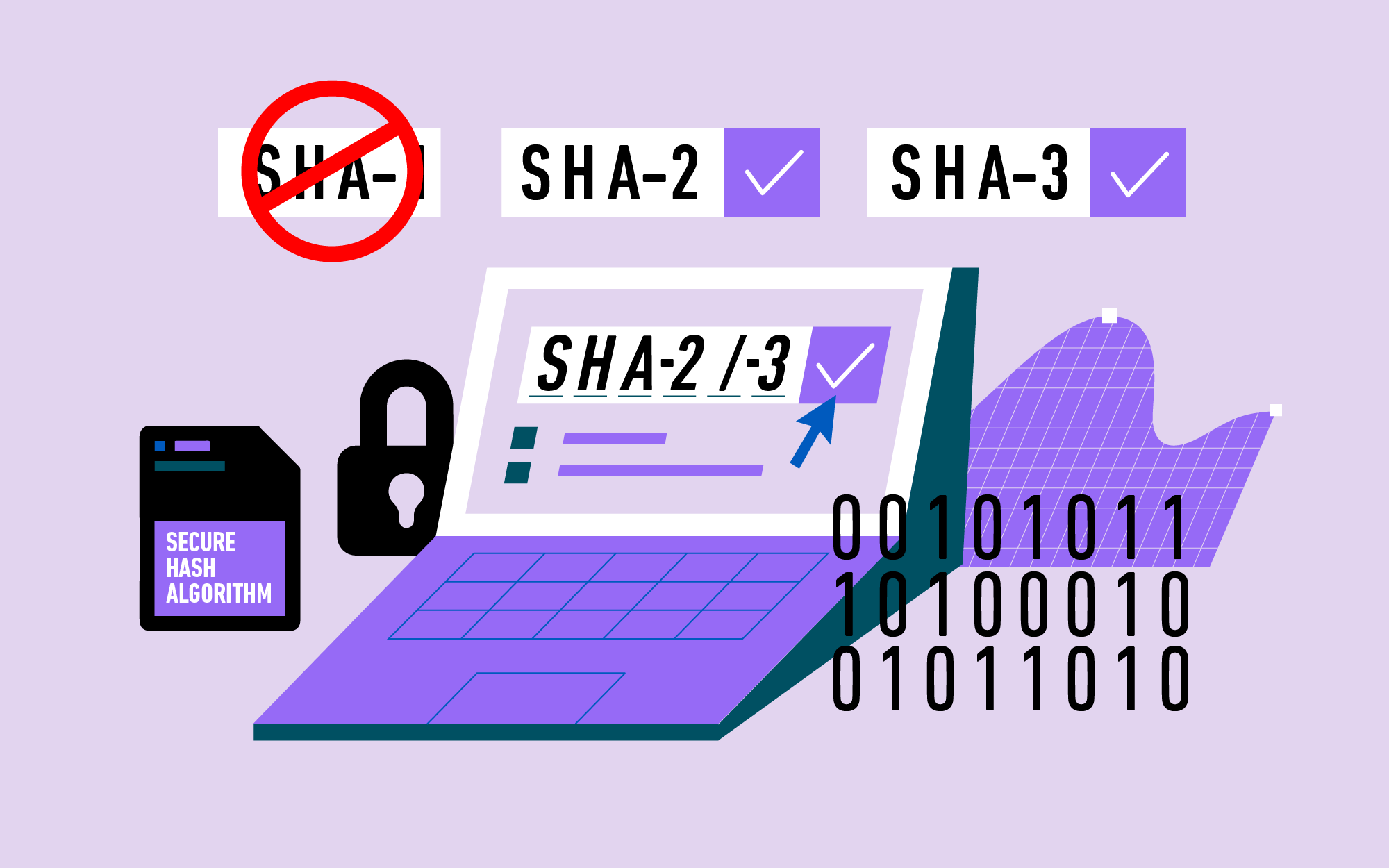Sha'Carri Richardson Net Worth: Understanding An Athlete's Financial Journey
Have you ever wondered about the financial standing of your favorite sports figures? It's a pretty common thought, you know, especially when someone like Sha'Carri Richardson, a truly captivating sprinter, makes headlines. People often get curious about what her net worth might be, and that's a fair question, as a matter of fact. Her journey on the track, filled with incredible speed and moments of real resilience, certainly sparks interest beyond just her athletic prowess.
So, looking into the money side of things for an athlete like Sha'Carri Richardson means exploring more than just a single number. It involves understanding the many different ways top-tier athletes actually bring in money. It's not just about winning races, which is kind of what some people might think. There's a whole lot more to it, and it's quite interesting to see how it all comes together.
We're going to take a closer look at the elements that typically contribute to a professional sprinter's financial picture, offering a broad view of how someone with her talent and public presence might build up their wealth. It's a way, you know, to get a clearer picture of the financial landscape for elite athletes. We won't be giving exact figures for her personal wealth, as that information is usually private, but we can talk about the general sources of income that make up a sports star's earnings, which is really what most people are curious about.
Table of Contents
- Sha'Carri Richardson: A Brief Biography
- How Sprinters Make Their Money
- Factors Influencing an Athlete's Wealth
- Common Questions About Athlete Earnings
Sha'Carri Richardson: A Brief Biography
Sha'Carri Richardson is an American track and field athlete who specializes in sprint events. She's really well-known for her incredibly fast times and her distinctive, vibrant style on the track, which, you know, makes her stand out quite a bit. Born in Dallas, Texas, she showed early promise in sprinting, quickly becoming a standout in high school competitions. Her raw speed and natural talent were apparent from a very young age, basically.
Her college career at Louisiana State University (LSU) brought her even more recognition, where she broke collegiate records and established herself as a major force in the sport. She turned professional fairly early, which is what many promising athletes do. Since then, she's continued to compete at the highest levels, earning a lot of attention for both her athletic achievements and her personality, which is quite strong.
Personal Details and Bio Data
| Detail | Information |
|---|---|
| Full Name | Sha'Carri Richardson |
| Date of Birth | March 25, 2000 |
| Place of Birth | Dallas, Texas, USA |
| Nationality | American |
| Sport | Track and Field (Sprinting) |
| Main Events | 100 meters, 200 meters |
| Height | Approx. 5 ft 1 in (1.55 m) |
| Professional Debut | 2019 |
How Sprinters Make Their Money
When we talk about the financial picture of a top sprinter like Sha'Carri Richardson, it's pretty clear that their income comes from a few different places. It's not just a single stream of money, which is something many people might not fully grasp. The earnings can vary quite a lot depending on their performance, their popularity, and how well they connect with the public, so it's a bit of a mix.
Prize Money and Competition Earnings
One of the most straightforward ways sprinters bring in money is through prize money from competitions. Winning races at major events, like the Diamond League meetings or world championships, can mean a pretty good payout. For example, a top finish in a prestigious race can sometimes net tens of thousands of dollars, or even more, which is a significant chunk of change. This is, you know, the direct reward for being the fastest.
However, these amounts can fluctuate quite a bit based on the specific event, its prestige, and the athlete's placement. It's not always a consistent flow of big money, which is something to keep in mind. Athletes also have to pay for travel, coaching, and other expenses out of these winnings, so it's not all pure profit, if you get what I mean. Still, winning consistently is a key part of building up that financial base, and it's what every athlete aims for.
Endorsement Deals and Brand Partnerships
Perhaps the biggest source of income for many elite athletes, and this is certainly true for someone with Sha'Carri Richardson's profile, comes from endorsement deals. These are agreements with companies where the athlete promotes their products or services in exchange for money. Think about major sports brands, clothing companies, or even consumer goods, which are all pretty common partners.
These partnerships can be incredibly lucrative, sometimes worth millions of dollars over several years. The value of an endorsement deal depends on the athlete's visibility, their success, and their ability to connect with a target audience. Sha'Carri's unique style and strong personality, for instance, make her a very appealing figure for brands looking to reach a wide and diverse group of people. It's almost like she's a walking billboard, in a way, but with a lot more flair.
Appearance Fees
Beyond prize money, many top-tier athletes also receive "appearance fees" just for showing up and competing at certain events. Race organizers are often willing to pay a sum to guarantee that a popular and high-performing athlete will participate, because, you know, it draws in crowds and media attention. This can be a substantial part of their earnings, especially for those who are highly sought after.
These fees can vary greatly, from a few thousand dollars for smaller meets to much larger sums for major international competitions. It's basically a way for event organizers to make sure they have the best talent on display, which, in turn, makes their event more exciting and commercially successful. So, just being present and ready to run can bring in some good money, which is pretty neat.
Merchandise and Personal Brand
In today's world, athletes can also leverage their personal brand to create additional income streams. This might include selling their own branded merchandise, like apparel or accessories, which is something many public figures do. It's a way to directly connect with fans and offer them something tangible that represents the athlete's identity, and that's pretty cool.
Developing a strong personal brand, perhaps through social media or other platforms, also opens doors to other opportunities, like speaking engagements or media appearances. These can sometimes come with their own fees, adding another layer to an athlete's overall financial picture. It's about building a business around their name and image, which, you know, takes a lot of effort but can be quite rewarding.
Factors Influencing an Athlete's Wealth
The total financial standing of an athlete like Sha'Carri Richardson isn't just about how much they win or how many deals they sign. There are several key factors that really play a part in shaping their overall wealth. It's a rather complex mix of things, actually, and it's something that can change over time.
Performance and Consistency
Obviously, an athlete's performance on the track is super important. Winning races, setting records, and consistently placing well in major competitions directly impacts their prize money. But it also makes them much more attractive to potential sponsors, which is a big deal. Brands want to associate with winners and those who are at the top of their game, because, you know, it reflects well on them.
A consistent record of success helps build a reputation for reliability and excellence, which can lead to longer-term, more valuable endorsement contracts. If an athlete's performance dips, so too, it's almost certain, might the interest from big companies. So, staying at the peak of their sport is not just about medals; it's also very much about financial stability.
Marketability and Public Image
Beyond just performance, an athlete's marketability and public image are incredibly important for their financial health. Sha'Carri Richardson, for example, has a very distinct look and a bold personality that really resonates with a lot of people. This makes her a compelling figure for brands looking to connect with a diverse audience, which is a pretty powerful thing.
How an athlete handles themselves off the track, their social media presence, and their ability to inspire or entertain, all contribute to their appeal. Positive public sentiment and a strong, relatable image can open up many more opportunities for lucrative deals. Conversely, controversies or negative publicity can sometimes impact these opportunities, so, you know, managing that public perception is a big part of the job.
Media Presence and Social Media
In this day and age, an athlete's presence across various media platforms, especially social media, is a huge asset. Having a large following on platforms like Instagram, Twitter, or TikTok allows athletes to connect directly with fans and provides a powerful channel for brand promotion. Companies are often willing to pay a premium for athletes who can reach millions of potential customers through their own channels, which is pretty smart business.
This digital footprint also allows athletes to control their own narrative and share their stories, which can further enhance their personal brand and marketability. It's not just about what they do on the track anymore; it's also about how they engage with the world online, which is a very real part of modern sports. For more on how athletes build their presence, you could learn more about personal branding on our site.
Common Questions About Athlete Earnings
People often have a lot of questions about how athletes make their money, and it's totally understandable. Here are a few common ones that often pop up, which we can discuss in a general sense, you know, to give a clearer picture.
1. How do athletes handle taxes on their international earnings?
Well, this can get a bit complicated, actually. Athletes who compete globally often earn money in different countries, and each country has its own tax rules. So, they usually have financial advisors or accountants who specialize in international tax law to help them figure it all out. It means they need to be very careful about where they're earning money and what the local tax implications are, which, you know, can be a lot to keep track of.
2. What kind of expenses do professional athletes have?
Professional athletes, especially those at the elite level, have quite a few expenses that can add up pretty quickly. They often pay for things like top-tier coaching, which is essential for performance. There are also travel costs for competitions, medical care to stay healthy, and sometimes even specialized diets or training equipment. Plus, many have agents or managers who take a percentage of their earnings, so, it's not all take-home pay, obviously. It's a pretty big investment in their career, in a way.
3. How do endorsement deals typically work for sprinters?
Endorsement deals for sprinters usually involve a contract where a company pays the athlete to promote their products. This can mean wearing their gear during races, appearing in advertisements, or even posting about the brand on social media. The terms of these deals vary, but they often include a base payment plus bonuses for winning major events or achieving certain milestones. It's a win-win, really, as the athlete gets paid and the brand gets exposure, which is pretty neat. You can find more details about athlete sponsorships on this page, for example.

SHA-1 (Secure Hash Algorithm) przestaje być secure. NIST nakazuje

SHA1 vs SHA256 - KeyCDN Support

What is SHA? What is SHA used for? | Encryption Consulting